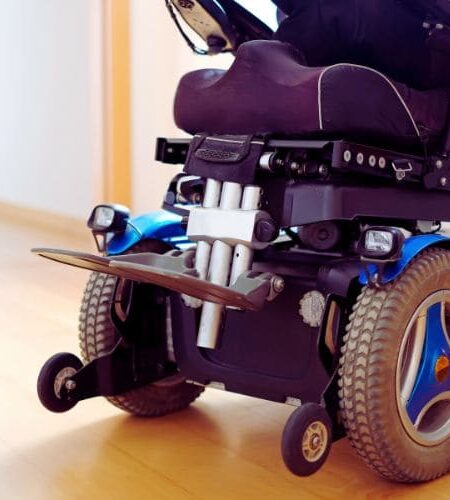In today’s fast-paced world, the focus on accessibility has led to significant advancements in wheelchair design. One critical aspect that stands out is the emphasis on ergonomic design in modern wheelchairs. This article delves into the intricacies of this design philosophy, providing a comprehensive guide for both users and enthusiasts.
Ergonomic Design in Modern Wheelchairs
Ergonomic design is not just a buzzword; it’s a transformative approach to crafting wheelchairs that prioritize user comfort, functionality, and overall well-being. Let’s explore this topic in-depth.
Understanding Ergonomic Design
Ergonomic design revolves around tailoring products to the human body’s natural movements and needs. In the context of wheelchairs, this means creating a seating system that promotes proper posture, minimizes discomfort, and enhances mobility.
The Evolution of Wheelchair Ergonomics
Witnessing the evolution of wheelchair design is like observing a technological revolution. From basic manual chairs to sophisticated power wheelchairs, each progression has been marked by a commitment to ergonomic principles.
Key Components of Ergonomic Wheelchair Design
1. Seat and Backrest
The foundation of ergonomic comfort lies in the seat and backrest. These elements should provide adequate support, be easily adjustable, and accommodate various body types.
2. Armrests and Footrests
Ergonomic wheelchairs prioritize adjustable armrests and footrests, ensuring users can find the most comfortable and supportive positions for their limbs.
3. Frame Material and Weight
Modern materials like lightweight aluminum contribute to the overall ergonomic profile of wheelchairs. A well-balanced frame enhances maneuverability and reduces physical strain.
4. Cushioning and Padding
Comfort is paramount. High-quality cushioning and padding not only prevent pressure sores but also contribute to a more pleasant and supportive seating experience.
Advantages of Ergonomic Wheelchair Design
Ergonomic design goes beyond aesthetics; it offers tangible benefits for wheelchair users:
- Enhanced Posture: Promotes proper spinal alignment and reduces the risk of musculoskeletal issues.
- Improved Mobility: Streamlined designs and adjustable components enhance maneuverability.
- Reduced Fatigue: Well-supported seating minimizes fatigue, allowing users to engage in daily activities with greater ease.
FAQs
How does ergonomic design benefit wheelchair users?
Ergonomic design ensures optimal comfort, promotes better posture, and enhances overall mobility for wheelchair users.
Are ergonomic wheelchairs customizable?
Yes, many modern wheelchairs come with customizable features, allowing users to tailor the chair to their specific needs and preferences.
Can ergonomic wheelchairs accommodate different body sizes?
Absolutely. The adjustable nature of ergonomic wheelchairs makes them suitable for users of various body types and sizes.
Is ergonomic design only for power wheelchairs?
No, ergonomic principles apply to both manual and power wheelchairs, ensuring a comfortable experience regardless of the chair type.
How often should wheelchair users assess their seating needs?
Regular assessments are essential, especially if there are changes in the user’s health or lifestyle. It ensures the wheelchair continues to meet their evolving needs.
Are ergonomic wheelchairs covered by insurance?
In many cases, yes. Insurance coverage for ergonomic wheelchairs depends on factors such as medical necessity and the specific insurance policy.
Conclusion
Ergonomic design in modern wheelchairs is not a luxury but a necessity. As technology continues to advance, so does our ability to create wheelchairs that seamlessly blend functionality and comfort. Investing in an ergonomic wheelchair is an investment in enhanced well-being and improved quality of life.
